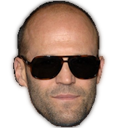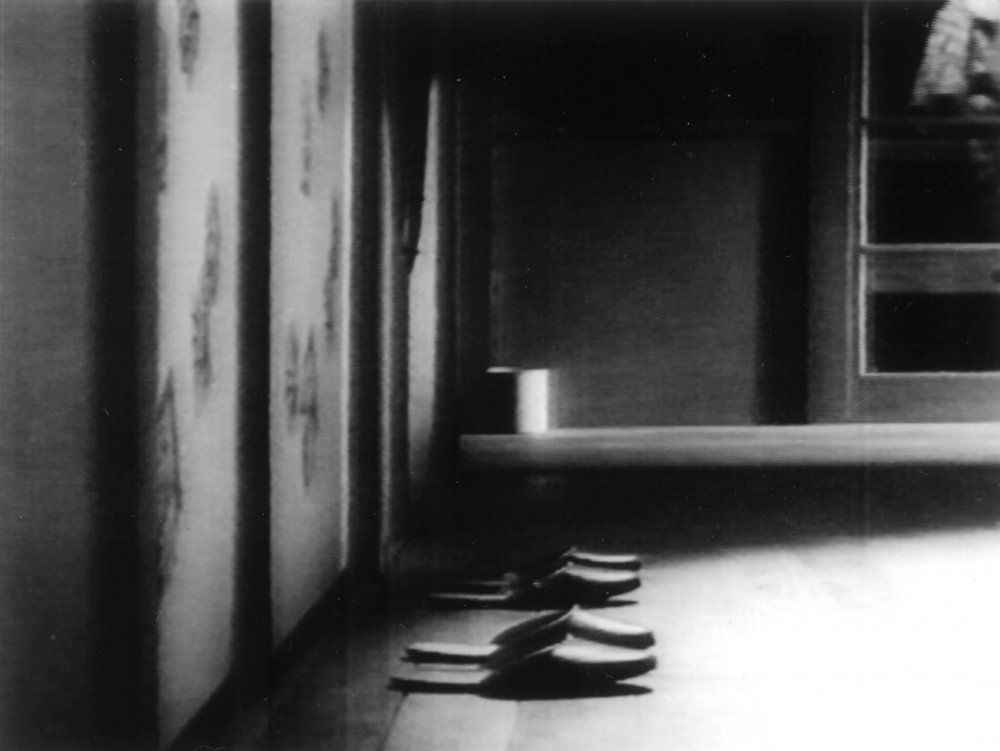
When the Coronavirus lockdown began, my mum had to start working from home. She bought an old fashioned radio, preferring that romantic nostalgia to using the computer, and she had it on all the time while she worked. I don't expect she did very much listening, mostly distracted as she was by her work which primarily involves writing E-mails to people. At around noon every day she would go out for an hour or so, and the radio would stay on all the while unless I was around to turn it off. The vast majority of all the music that that radio has ever put out has been actively listened to by no one, which makes the music similar to… anything that both exists and is not observed by humans.
This story is an analogy, which is a sort of tool. An analogy is a negotiation of truth and an ideological act. To relay the truth in the form of analogy is to endow some hierarchy of meaning—to establish which parts of the truth one is to pay attention to. A ≠ B, but to suggest that A is similar to B is to force the reader to consider the parts of A and B that are the same. In this case, I've drawn attention to an unobserved thing, a thing which materially exists but isn't affirmed by any individual subjective experience. The natural inefficiency of language means that in order to tell that story I need to bring in unwanted parts of the truth which I am to smuggle in amongst the parts that are to serve in the analogy. In the process of using my analogy to reifying that unobserved quality that surrounds us all, I have accidentally reified motherhood, music, attention, negative space, and the pandemic we're all living through.
Unless you're reading this after it's over, or you live in New Zealand.
Ozu doesn't move his camera very much and it often sits on the floor (like it has been forgotten about) but the action always happens in front of it. Imagine a device, a double camera, which records from both ends. Every film would have a inverted version: a recording from the perspective of the back of the camera. What might Tokyo Story's inverse look like? Lots of feet, crouching technicians, director. Perhaps trays with cups of tea. But then, why assume the existence of these people? They're not in the original film. Let's suspend our disbelief, as we are meant to for these films, and imagine that the camera isn't being operated by anyone, and that these people aren't actors and that no one is directing them. They're just people, living their lives, and the camera is an intangible machine that records only. What does the inverted film look like now? In Ozu's films people often look over the camera—there's often some point of interest behind it. Sometimes that point of interest is a person, who here might sit and wait while an offscreen voice talks to them until the time comes for them to speak and the camera looks back at the voice, which has now become the listener. Sometimes the content of the frame would just be unused corners of tidy rooms.
The inverse of Michael Snow's La Région Centrale would look almost identical to the original, in any case.
